For the sake of both one’s health and one’s finances, beginning a vegetable garden in India is a worthwhile investment. The cost of setting up a small vegetable garden in India is contingent upon a number of factors, including the size of the garden, its location, the materials used, and the amount of upkeep required.
When it comes to costs, urban gardens typically require larger amounts due to the limited space available, but rural gardens may make use of natural resources. By breaking down expenses, this guide will assist you in planning a garden that is favorable to your wallet, regardless of whether you are cultivating herbs on a balcony or veggies in a backyard. What are we waiting for? Let’s jump in to the detailed breakdown of small or large vegetable garden cost in India.
Comprehensive Guide to Vegetable Garden Expenses in India: A Cost Analysis
Land Preparation: Clearing and Tilling Expenses
The first significant expense is the preparation of the land. Based on the size of the land, the cost of clearing rubbish or weeds ranges from ₹500 to ₹2,000. With a tractor or with manual labor, tilling can run anywhere from ₹1,000 to ₹5,000.

The cost of materials like bricks or wood can range anywhere from ₹2,000 to ₹8,000 for urban gardeners who use raised beds. These expenses involved in creating a vegetable garden in India are particularly important for ensuring that the soil is prepared and that the plants will remain healthy over the long run. Adding to the price range for building a backyard vegetable garden is the fact that terrace gardeners in places such as Mumbai and Bangalore frequently purchase waterproofing coatings that cost between ₹1,500 and ₹5,000 in order to guarantee the safety of their rooftops.
| Task | Cost Range (₹) | Tools/Methods Used | Notes |
|---|---|---|---|
| Clearing Rubbish | ₹500 – ₹2,000 | Manual Labor | Varies by land size |
| Tilling | ₹1,000 – ₹5,000 | Tractor/Manual | Urban vs Rural Rates |
| Raised Beds | ₹2,000 – ₹8,000 | Bricks/Wood | Urban Garden Specific |
| Waterproof Coating | ₹1,500 – ₹5,000 | Terrace Roof Protection | Mumbai/Bangalore Focus |
Soil Quality: Expenses for Testing and Amendments
The foundation of a flourishing garden is a soil that is in good health. The basic soil test, which can indicate pH levels and nutrient shortages, can be purchased for ₹500 to ₹1,500. Compost (Rs. 20–50/kg) and manure (Rs. 10-30/kg) are examples of amendments that add ₹1,000–₹3,000 to the soil.
The incorporation of cocopeat or vermicompost into urban gardens results in an increase in fertility. In India, the cost to grow organic vegetables in India is directly impacted by this stage because bad soil necessitates the use of additional inputs. Manure from farmyards is frequently used by farmers in areas such as Punjab and Uttar Pradesh, which results in a 30-40% reduction in prices. The average budget for a home vegetable garden may be increased as a result of urban gardeners’ potential to spend more money on premium organic mixtures.
| Soil Test Types | Costs(₹) | Materials Added | Regional Practices |
|---|---|---|---|
| Basic Soil Test | ₹500 – ₹1,500 | Compost/Manure | Punjab/Uttar Pradesh |
| Organic Mixtures | ₹1,000 – ₹3,000 | Cocopeat/Vermicompost | Urban Gardens |
| Farmyard Manure | Free (Rural) | Cow Dung | Lower Costs |
| Premium Mixes | Higher | Store-Bought Options | Urban Areas |
Seeds vs. Saplings: Initial Planting Costs
When compared to saplings, which can be purchased for ₹50–₹300 each, seeds are more cost-effective (ranging from ₹10 to ₹200 per packet), but they take longer to sprout. On the other hand, fruiting plants like chilies typically require saplings, while seasonal vegetables like spinach or tomatoes require ten to twenty seeds per single package.
The average budget for a home vegetable garden in India is primarily determined by this choice, which strikes a balance between patience and haste. The cost of hybrid seeds, such as pest-resistant kinds, is higher (ranging from ₹150 to ₹500), whereas the cost of heirloom seeds is lower. The money needed to start a kitchen garden in India can be reduced by rural growers by saving seeds from past harvests, while urban gardeners frequently choose to cultivate saplings in order to make the most of the area they have available.
| Seed Type | Cost Range (₹) | Plants Suitable For | Urban Adaptation |
|---|---|---|---|
| Regular Seeds | ₹10 – ₹200 | Spinach/Tomatoes | Saved Seeds in Rural |
| Hybrid Seeds | ₹150 – ₹500 | Pest-Resistant Varieties | Urban Preference |
| Saplings | ₹50 – ₹300 | Chilies/Fruiting Plants | Space Maximization |
| Heirloom Seeds | Lower | Seasonal Vegetables | Low-Cost Option |
Garden Tools: Essential Equipment Investments
The cost of fundamental tools such as spades, rakes, and watering cans ranges from ₹1,000 to ₹3,000. For those who garden in urban areas, it may be beneficial to get compact gardening tools. DIY vegetable garden setup cost tactics are aligned with efforts to reduce long-term replacement costs, which can be accomplished by using high-quality tools.
For instance, a khurpi that is long-lasting ranges from ₹300 to ₹800, while tools that are less expensive may rust more quickly. In small settings, power equipment such as tillers, which cost between ₹5,000 and ₹15,000, are uncommon, but they are widespread in rural farms. Among the budget-friendly tips for starting a vegetable garde is the idea of repurposing household materials, such as old buckets for planters. This will help reduce the initial investment required for a terrace vegetable garden.
| Tool Category | Cost Range (₹) | Durability | Urban Adaptations |
|---|---|---|---|
| Basic Tools | ₹1,000 – ₹3,000 | Spades/Rakes | Compact Tools |
| High-Quality Tools | ₹300 – ₹800 | Long-Lasting Khurpi | Rust-Free Options |
| Power Tools | ₹5,000 – ₹15,000 | Tillers | Rural Farms Preferred |
| Repurposed Items | Minimal | Old Buckets as Planters | Budget-Friendly Tips |
Irrigation Systems: Watering Solutions Compared
Although it is free, manual watering requires a lot of time. Sprinklers or soaker hoses, which cost between ₹1,500 and ₹5,000, are more suitable for bigger plots of land, whereas drip irrigation systems costs between ₹3,000 and ₹8,000.
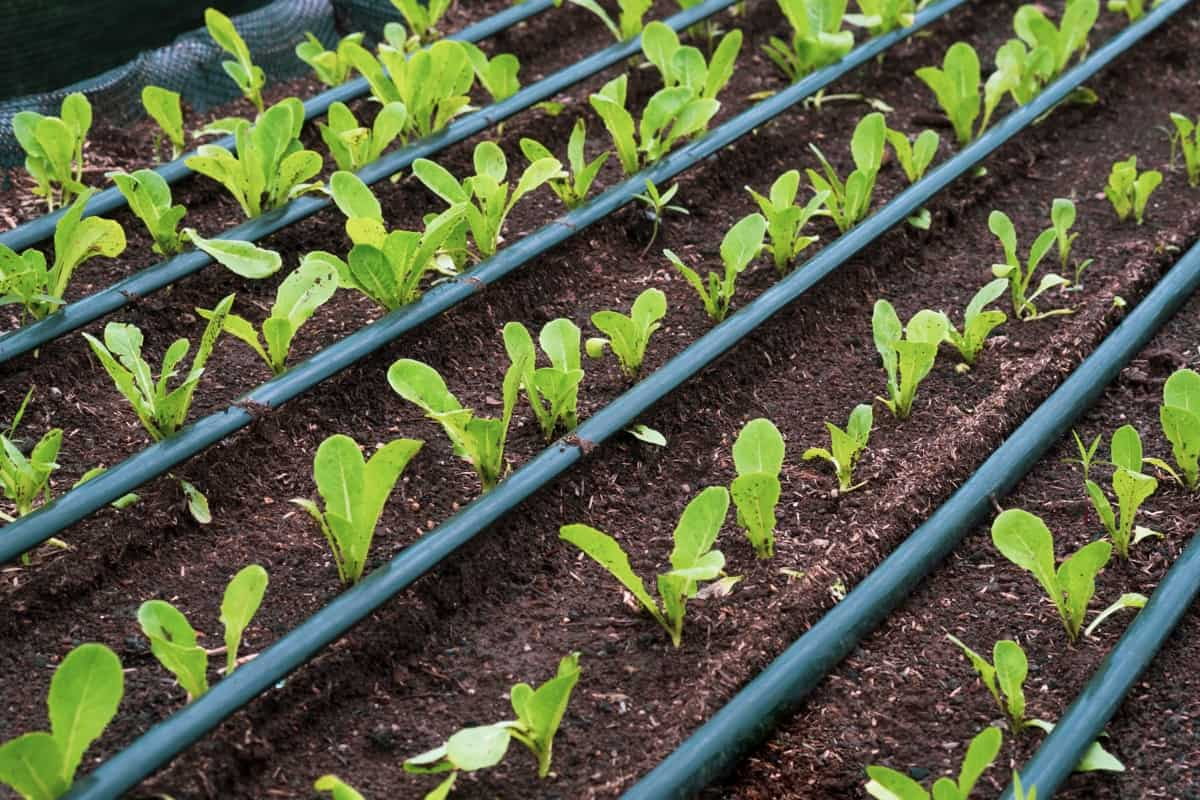
The monthly cost of maintaining a vegetable garden can be reduced by rainwater harvesting, which costs between ₹2,000 and ₹10,000 dollars. Drip irrigation is a common practice in water-scarce cities such as Chennai, whereas borewells and canal water are the primary sources of water supply in rural areas. The price range for building a backyard vegetable garden in India is impacted by the fact that urban gardeners who use municipal water may spend between ₹500 and ₹1,500 per month.
| Irrigation Type | Cost Range (₹) | Best For | Regional Notes |
|---|---|---|---|
| Manual Watering | Free | Small Gardens | Time-Consuming |
| Sprinklers | ₹1,500 – ₹5,000 | Larger Plots | Urban Preference |
| Drip Systems | ₹3,000 – ₹8,000 | Water-Scarce Areas | Chennai Focus |
| Rainwater Harvest | ₹2,000 – ₹10,000 | Long-Term Savings | Rural Adaptation |
Fertilizers and Pesticides: Organic vs. Chemical Options
While chemical fertilizers, which range from ₹200 to ₹800 per kilogram, yield immediate benefits, organic options, such as neem cake (₹50 to ₹150 per kilogram) or vermicompost (₹30 to ₹80 per kilogram), are more cost-effective in the long run.
This is in line with the cost to grow organic vegetables in India because organic pest management, such as neem oil, which costs between ₹100 and ₹300, eliminates the potential for health hazards. One way to cut costs is to use cow manure, which is available for free in rural regions, rather than purchasing compost from a store. Increases in the average budget for a home vegetable garden may be attributed to the fact that urban gardeners may spend more money on branded organic fertilizers.
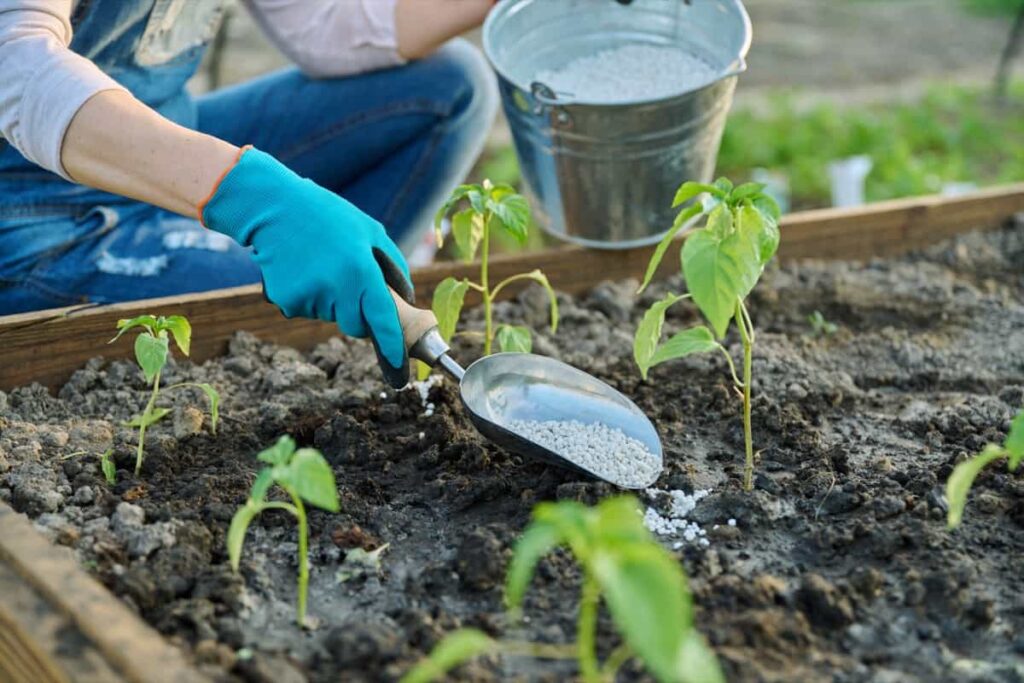
| Fertilizer Type | Cost Range (₹) | Benefits | Urban/Rural Use |
|---|---|---|---|
| Chemical Fertilizer | ₹200 – ₹800/kg | Immediate Results | Urban Preference |
| Organic Neem Cake | ₹50 – ₹150/kg | Healthier Soil | Rural Availability |
| Vermicompost | ₹30 – ₹80/kg | Eco-Friendly | Urban Premium Option |
| Cow Manure | Free (Rural) | Natural Nutrient Source | Rural Cost-Saving |
Labor Costs: Hiring Help for Maintenance
Adding to the initial investment required for a terrace vegetable garden in India is the possibility that urban gardeners will employ labor for planting or weeding, which can cost anywhere from ₹300 to ₹800 per day. Families are frequently employed in rural areas, which helps to reduce costs.
A visit for skilled assistance in trimming or pest control can cost anything from ₹500 to ₹1,500. In states such as Kerala, community labor networks help to lower costs, whereas in metropolitan areas, the unemployment rate is higher.
| Labor Type | Cost Range (₹) | Common Tasks | Urban/Rural Notes |
|---|---|---|---|
| Daily Labor | ₹300 – ₹800/day | Planting/Weeding | Urban Expense |
| Skilled Assistance | ₹500 – ₹1,500 | Trimming/Pest Control | Urban Necessity |
| Family Labor | Free (Rural) | General Maintenance | Rural Advantage |
| Community Networks | Minimal | Shared Resources | Kerala Example |
Pest and Disease Management Costs
The costs associated with pests can be reduced by using preventative measures like netting (Rs. 500-2,000) or companion planting. Infestations can be treated with organic sprays or by specialists, and the annual cost can range anywhere from ₹1,000 to ₹5,000.
These affordable ways to start a vegetable garden in India reduce the amount of crop loss and the expenses that are incurred over the long term. Planting marigolds next to tomatoes, for example, discourages the growth of nematodes, which results in less need for pesticides. Neem-based remedies are frequently utilized by urban gardeners in Hyderabad, although methods that are more traditional, such as tobacco extract, may be utilized by rural farmers.

| Pest Control Type | Cost Range (₹) | Benefits | Urban/Rural Notes |
|---|---|---|---|
| Netting | ₹500 – ₹2,000 | Prevents Pests | Urban Preference |
| Organic Sprays | ₹100 – ₹300 | Healthier Plants | Less Toxicity |
| Companion Planting | Minimal | Natural Pest Repellent | Marigolds/Tomatoes |
| Specialist Help | ₹1,000 – ₹5,000 | Professional Treatment | Urban Necessity |
Harvesting and Storage: Post-Growth Expenses
The longevity of produce is ensured by harvesting instruments such as shears, which cost between ₹200 and ₹1,000, and storage solutions, which include baskets and refrigerators, which cost between ₹500 and ₹3,000.
A significant component of the price range for building a backyard vegetable garden in India is the amount of waste that may be avoided through proper storage. The shelf life of leafy greens such as spinach is between three and five days without refrigeration, although root vegetables such as carrots and potatoes can be preserved in sand for several weeks. The monthly cost of maintaining a vegetable garden in India is impacted by the fact that urban gardeners who use freezers spend between ₹2,000 and ₹5,000 annually on various forms of power.
| Tool/Storage Type | Cost Range (₹) | Best For | Regional Practices |
|---|---|---|---|
| Harvesting Shears | ₹200 – ₹1,000 | Quick Cutting | All Regions |
| Baskets | ₹500 – ₹1,500 | Transporting Produce | Rural Use |
| Refrigerators | ₹10,000 – ₹30,000 | Long-Term Storage | Urban Preference |
| Sand Storage | Minimal | Root Vegetables | Traditional Method |
Seasonal Variations: Adapting to Climate and Weather
However, in order to prevent floods, monsoon gardens may require raised beds, which can cost anywhere from ₹1,000 to ₹4,000. More watering and shade nets (costing between ₹800 and ₹3,000) are necessities for summer gardens.
All of these factors affecting the cost of a vegetable garden in India are different depending on the region and the time of year. Because of the arid climate in Rajasthan, for instance, drip irrigation is absolutely necessary, whereas the humidity in Kerala necessitates the use of disease-resistant seedlings. This makes winter crops such as peas and cauliflower excellent for planning a low-cost vegetable garden in Indian cities because they require minimal additional resources to cultivate.
| Seasonal Need | Cost Range (₹) | Best For | Regional Adaptations |
|---|---|---|---|
| Raised Beds | ₹1,000 – ₹4,000 | Monsoon Gardens | Flood Prevention |
| Shade Nets | ₹800 – ₹3,000 | Summer Crops | Heat Protection |
| Drip Irrigation | ₹3,000 – ₹8,000 | Arid Regions | Rajasthan Focus |
| Disease-Resistant Seeds | ₹150 – ₹500 | Humid Climates | Kerala Example |
Urban vs. Rural Gardens: Cost Differences
Higher costs of land and labor are associated with urban gardens. Setting out a terrace with containers will cost between ₹2,000 and ₹10,000 for the soil and pots. Costs can be reduced by thirty to fifty percent when using rural plots because of the lower cost of land and natural resources.
The difficulties associated with planning a low-cost vegetable garden in Indian cities are brought to light by this disparity. For instance, terrace gardeners in Mumbai invest between ₹15,000 and ₹30,000 in the beginning, whereas rural farmers in Bihar could pay between ₹5,000 and ₹10,000 for a plot of land that is comparable in size.
| Urban/Rural Factor | Cost Range (₹) | Challenges | Solutions |
|---|---|---|---|
| Urban Terrace Setup | ₹15,000 – ₹30,000 | Space Constraints | Vertical Gardening |
| Rural Land Use | ₹5,000 – ₹10,000 | Limited Access to Tools | DIY Innovations |
| Labor Costs | ₹300 – ₹800/day | Urban High Demand | Community Sharing |
| Resource Scarcity | Higher in Urban | Water/Electricity | Rainwater Harvesting |
Organic Gardening: Higher Initial Costs, Long-Term Savings
The upfront costs of organic gardening are more by 20-30% due to the premium inputs. The use of natural pest management and homemade compost, on the other hand, can balance costs over time.
When it comes to sustainability, the budget-friendly tips for starting a vegetable garden in India frequently highlight the use of organic methodologies. The return on investment (ROI) of urban producers that sell organic products can be improved by 20-50% at higher pricing. There is an increase in the cost to grow organic vegetables in India due to certification charges, which range from ₹5,000 to ₹15,000, although these expenditures also improve marketability.
| Organic Practice | Cost Range (₹) | Long-Term Benefits | Certification Impact |
|---|---|---|---|
| Inputs (Neem, etc.) | ₹50 – ₹150/kg | Healthier Soil/Crops | ₹5,000 – ₹15,000 |
| Homemade Compost | Free (Kitchen Waste) | Reduces Input Costs | Enhances Sustainability |
| Certification | ₹5,000 – ₹15,000 | Marketability Boost | Urban Advantage |
| ROI Increase | 20-50% | Higher Pricing Potential | Organic Sales |
Government Schemes and Subsidies: Reducing Expenses
Drip irrigation and organic farming are both eligible for subsidies in India worth up to fifty percent. Free seedlings or soil testing are provided by state projects, which can save between ₹1,000 and ₹10,000.
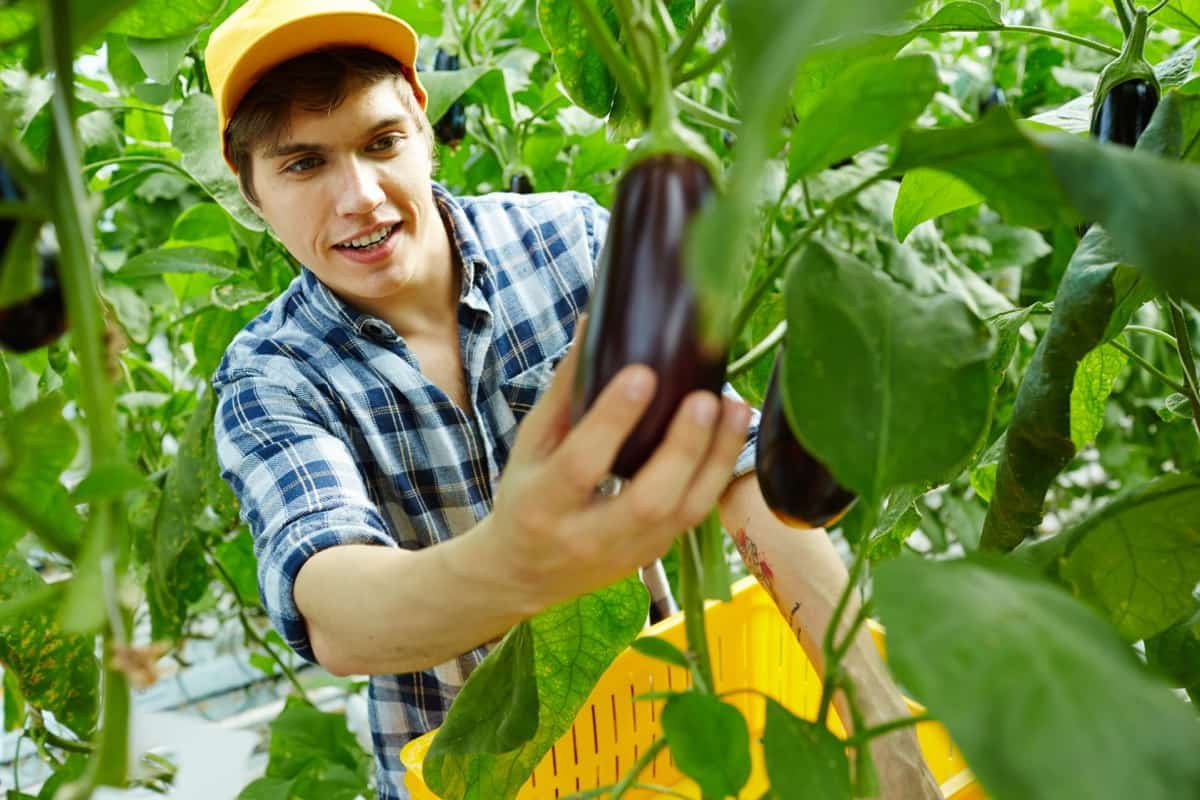
The amount of money needed to start a kitchen garden in India is decreased as a result of these activities. For instance, the Krishi Sinchai Yojana in Maharashtra pays for fifty percent of the expenditures associated with drip irrigation systems, and the organic farming program in Kerala provides free training.
| Scheme/Subsidy | Cost Saved (₹) | Eligible Items | Regional Examples |
|---|---|---|---|
| Drip Irrigation | Up to 50% | Pipes, Emitters | Maharashtra Program |
| Organic Farming | ₹5,000 – ₹15,000 | Training, Inputs | Kerala Initiative |
| Free Seedlings | ₹1,000 – ₹5,000 | Seasonal Plants | State Projects |
| Soil Testing | ₹500 – ₹1,500 | Basic Analysis | Punjab/Uttar Pradesh |
Long-Term Savings: Calculating Return on Investment
A garden that is 100 square feet in size can be purchased for ₹10,000 to ₹30,000 initially, but it can produce ₹5,000 to ₹15,000 worth of vegetables on an annual basis.
This step-by-step cost breakdown for a rooftop vegetable garden in India is a sensible idea because it will recoup costs over a period of three to five years through decreased grocery bills and excess sales profits. In Pune, a family was able to save ₹800 per month on greens, which allowed them to recover the initial setup expenditures in a span of 18 months.
| Investment Aspect | Cost Range (₹) | Annual Savings | Payback Period |
|---|---|---|---|
| Initial Setup | ₹10,000 – ₹30,000 | ₹5,000 – ₹15,000 | 3-5 Years |
| Monthly Savings | ₹800/month | Reduced Grocery Bills | Example: Pune Family |
| Excess Sales | ₹2,000 – ₹5,000 | Selling Surplus | Urban Advantage |
| ROI Calculation | 20-50% | Profit Over Time | Long-Term Benefits |
Budget-Friendly Tips for Maximizing Value
Budget-friendly tips for starting a vegetable garden in India include repurposing household items (for example, changing buckets into planters), using waste from the kitchen to make compost, and beginning with a minimal amount of space.
Furthermore, the sharing of equipment or seeds within a community might save costs. In accordance with the concept of planning a low-cost vegetable garden in Indian cities, for instance, the cultivation of microgreens in trays (costing between ₹200 and ₹500) provides rapid harvests through the utilization of minimal space.
| Tip Category | Cost Range (₹) | Benefits | Urban/Rural Use |
|---|---|---|---|
| Repurposed Items | Minimal | Old Buckets as Planters | Budget-Friendly |
| Kitchen Waste | Free | Homemade Compost | Eco-Friendly |
| Microgreens | ₹200 – ₹500 | Rapid Harvests | Urban Spaces |
| Community Sharing | Minimal | Shared Tools/Seeds | Cost Reduction |
Conclusion: Is a Vegetable Garden Worth the Investment?
In India, a vegetable garden is an extremely cost-effective option for obtaining fresh produce that is devoid of any chemicals. In spite of the fact that the initial expenses might range from ₹10,000 to ₹50,000, the long-term savings, health benefits, and sustainability make it a worthy investment.

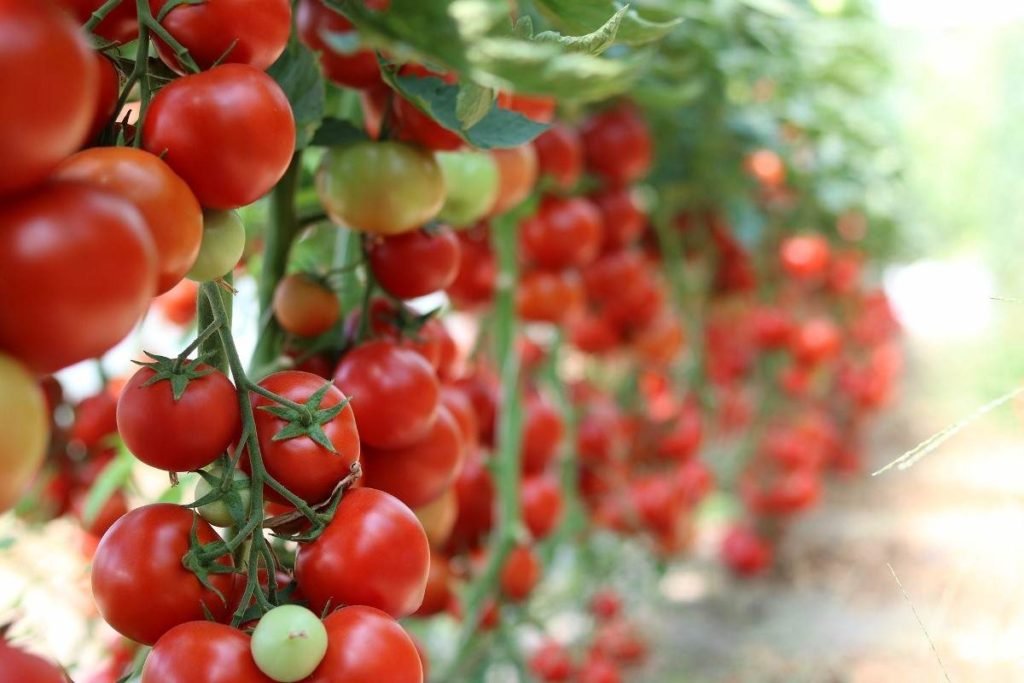



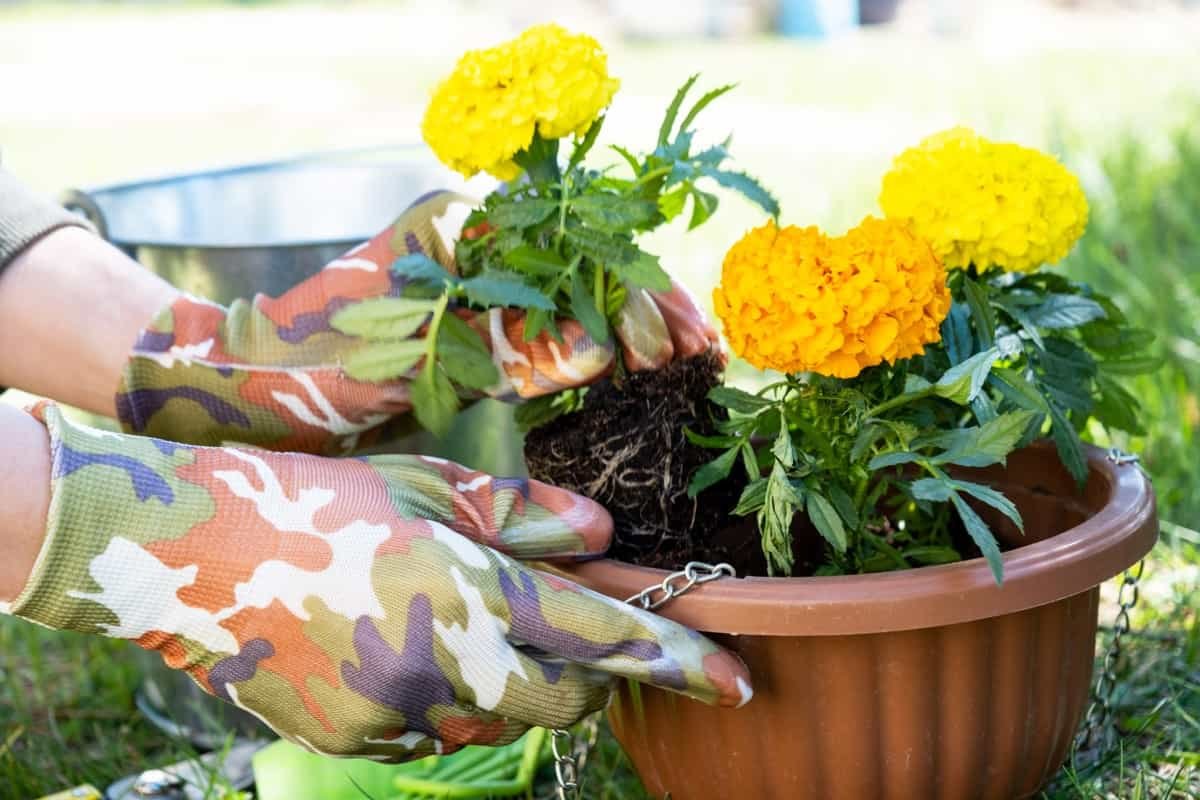

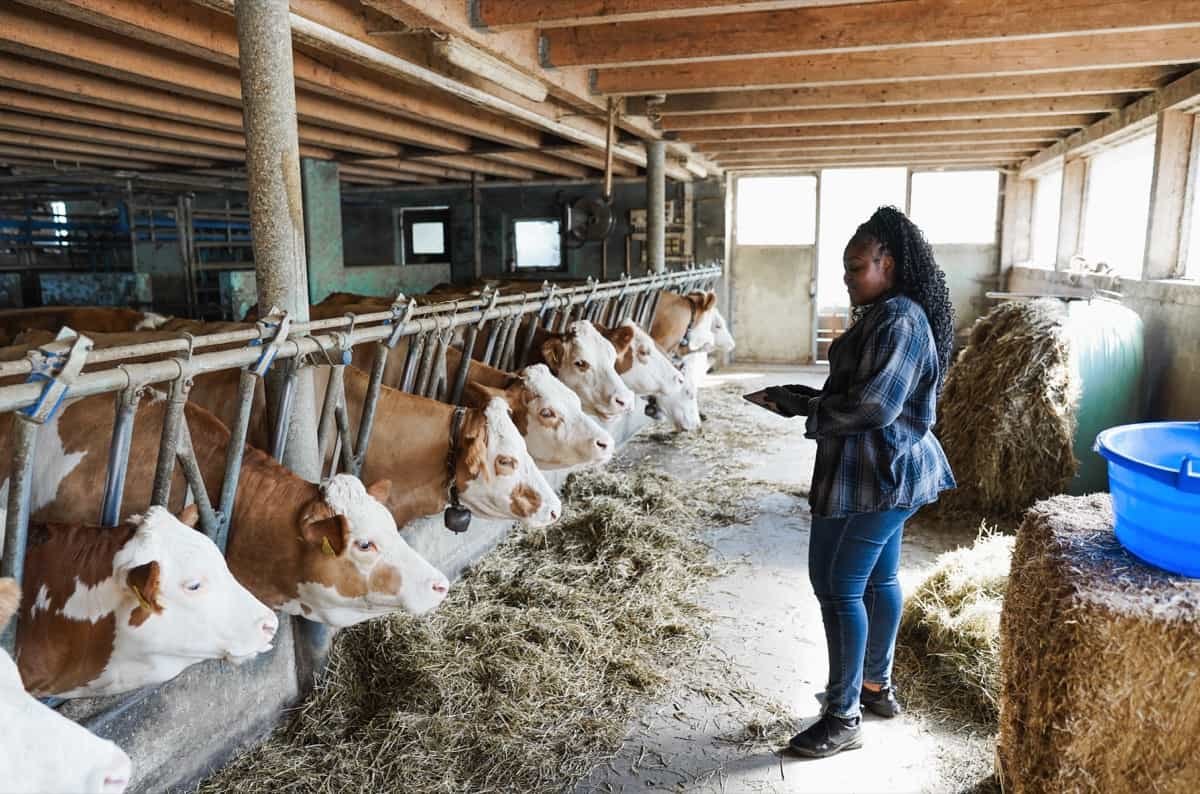
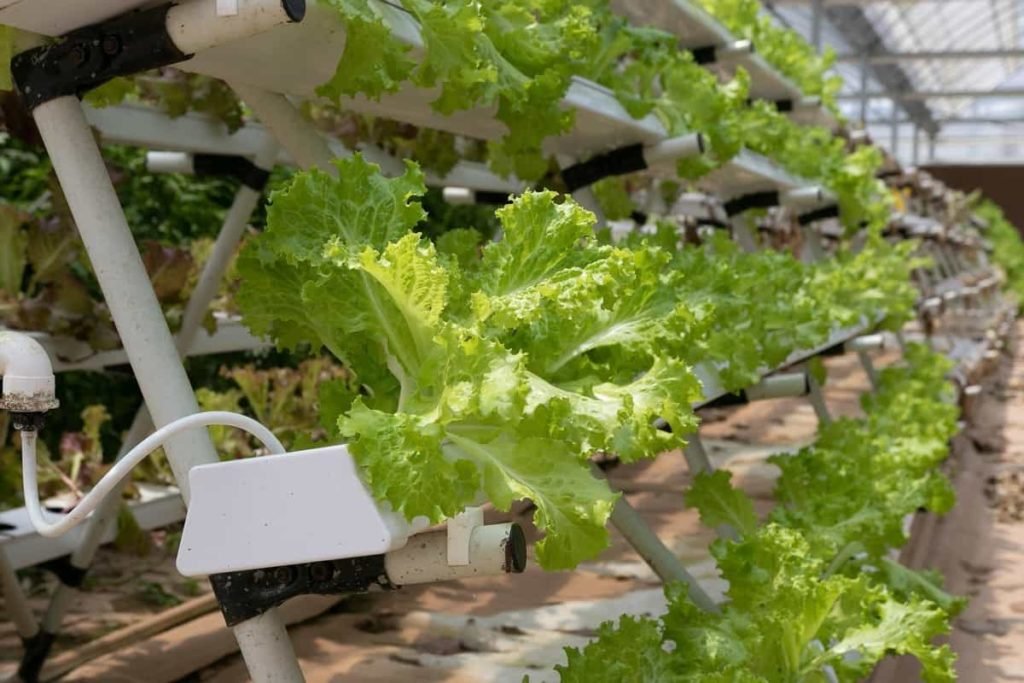





Leave a Reply